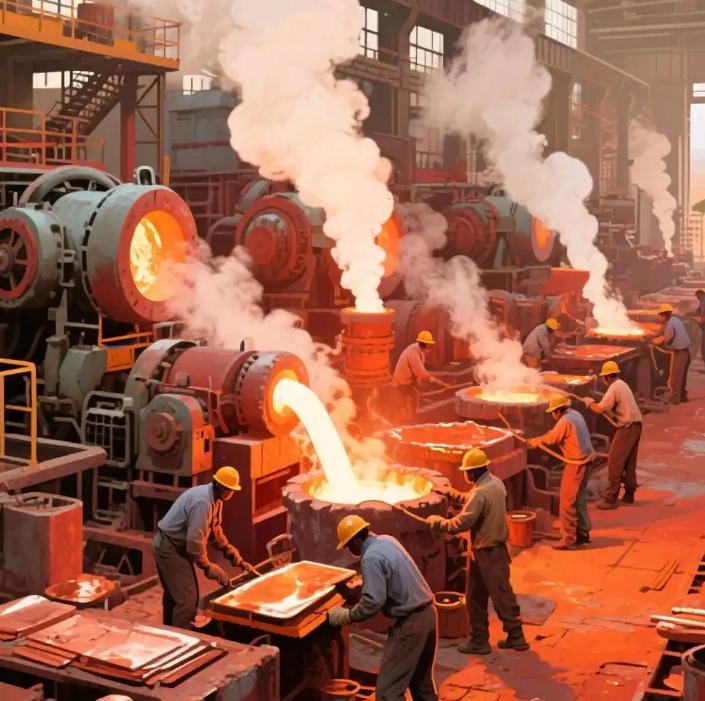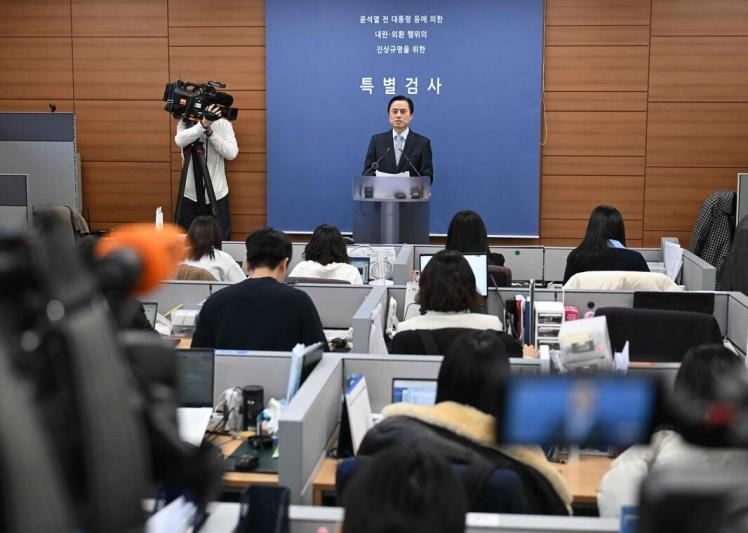
In February this year, the Trump administration initiated a national security investigation on copper imports based on Section 232 of the Trade Expansion Act of 1962. Recently, due to the threat of possible tariffs imposed by the United States, copper is flowing in large quantities to the United States. Within just three months, over 500,000 tons of copper has been diverted to the United States for emergency transportation, directly causing a significant shortage of spot copper supply on the European continent and pushing the spot copper premiums in some regions to record highs. The copper inventory at the London Metal Exchange has plummeted by 80% to 35,000 tons, reaching a new low since 2005, while the copper futures price at the New York Mercantile Exchange has soared to its historical peak. This series of chain reactions has led to a significant distortion of the global copper price system, giving rise to arbitrage activities, and forcing market participants to turn their attention to alternative sources such as scrap copper, triggering high-level attention from global investors.
The event of a large amount of copper being transported to the United States has caused a stir in international business and has brought about complex and multi-faceted impacts. First, it has an impact on the commercial market. The price difference between the New York Mercantile Exchange and the London Metal Exchange once exceeded $1,600 per ton, forming a rare arbitrage space. Traders used the strategy of "buying copper at the London Metal Exchange at a low price and selling it at the New York Mercantile Exchange at a high price" for arbitrage, accelerating the flow of copper resources to the United States, but the risk of fluctuation in the price difference has significantly increased. Goldman Sachs warned that if the price difference does not reach expectations after the implementation of the tariff policy, traders may suffer huge losses. For example, the spot premium at the London Metal Exchange and the premium of spot copper over three-month futures have reached their highest levels since 2021, and short sellers, due to depleted inventories, face forced liquidation pressure, resulting in a "forced liquidation" effect. The increase in New York futures prices is much higher than that of the global benchmark contract, causing inventory to flow from non-US markets to the United States. ING stated that since the end of February, the LME Asian inventory has seen the largest extraction, followed by the European inventory. The copper price at the Shanghai Futures Exchange has entered its largest inverse spread in more than a year, with the term structure showing a significant downward trend in the near-month contracts, and the recent contract prices being higher than the forward contracts, indicating a shortage in supply.
Second, it has an impact on the upstream and downstream of the commercial supply chain. The increase in copper prices directly raises the raw material costs for industries such as wire and cable, home appliances, etc. Taking wire and cable enterprises as an example, copper costs account for 70%-80% of the cost, and price fluctuations make it difficult for enterprises to pass on the costs through price hikes. Small enterprises may face survival crises. The Asian smelters, due to the diversion of copper to the United States, face raw material shortages and may be forced to reduce production; at the same time, the significant fluctuations in copper prices lead to mismatch between procurement costs and product prices, compressing profit margins. For example, the growth rate of China's refined copper production has slowed due to the tightening supply of copper concentrate, and the processing fee of smelters has plummeted by 73% to $21.25 per ton, with some enterprises falling into losses. In addition, copper is a core material for electric vehicles, smart grids, and renewable energy equipment. In the context of global clean energy investment exceeding 10 trillion RMB, the growth rate of copper demand has reached 6.2% (far exceeding the global average of 3.8%). The "copper rush" by the United States may lead to the postponement of new energy projects in non-US regions due to copper shortages, affecting the global decarbonization goals. The International Energy Agency warned that the copper supply gap will increase significantly after 2025, and the mining output may be unable to meet the demand.
Third, it has an impact on geopolitics and trade. The United States, by importing a large amount of copper and establishing inventories, attempts to reduce its dependence on Asian countries such as China, including Mexico and Chile, and integrates them into the core of the copper supply chain. This strategy may reshape the global copper trade pattern, but the replacement of China's copper processing and manufacturing capacity requires an investment of several hundred billion US dollars, leading to a significant increase in the prices of terminal products and delaying the process of energy transition. Chile, Canada, Mexico, and other countries have expressed dissatisfaction with the possible tariffs imposed by the United States and have initiated WTO litigation procedures. Canada has threatened to impose "equivalent tariffs" on US agricultural products. Trade disputes may further disrupt the global copper supply chain and increase operational risks for enterprises.
To sum up, the large amount of copper flowing into the United States is triggering profound disruptions in international business. In the future, how to balance the short-term policy impacts with long-term sustainable development will become the key to solving the industry's problems.

YTN TV of South Korea reported on Tuesday (December 16) that the South Korean court plans to make a ruling on the charges of former President Yoon Suk Yeol for obstructing justice on January 16, 2026.
YTN TV of South Korea reported on Tuesday (December 16) tha…
On December 7, a new round of intense military conflict bro…
Recently, US media disclosed that the Pentagon is planning …
From three launch failures and a brush with bankruptcy to n…
Recently, a major piece of news has emerged in the US polit…
Against the backdrop of the Federal Reserve's third rate cu…